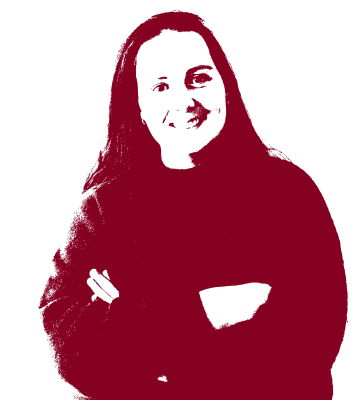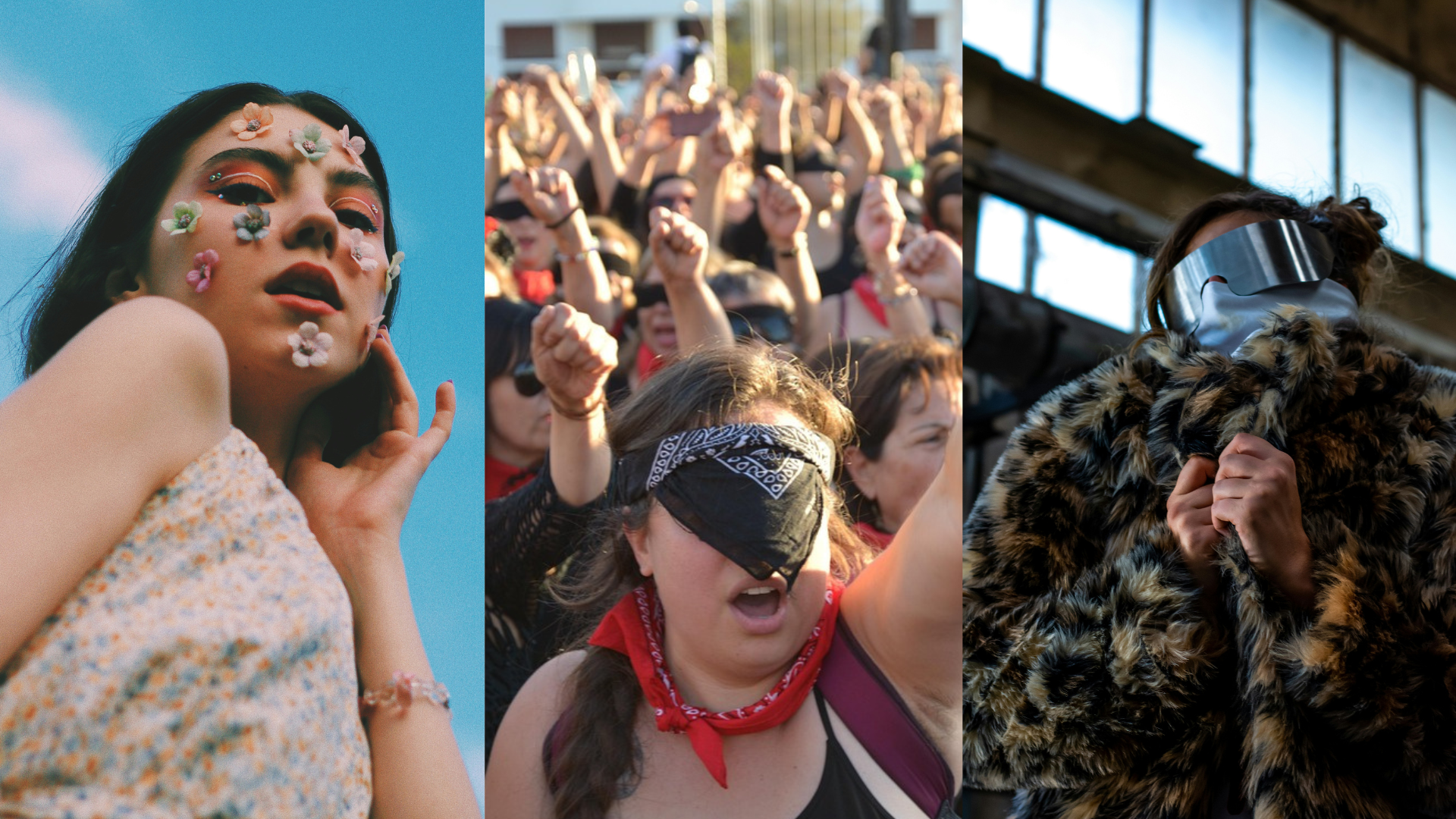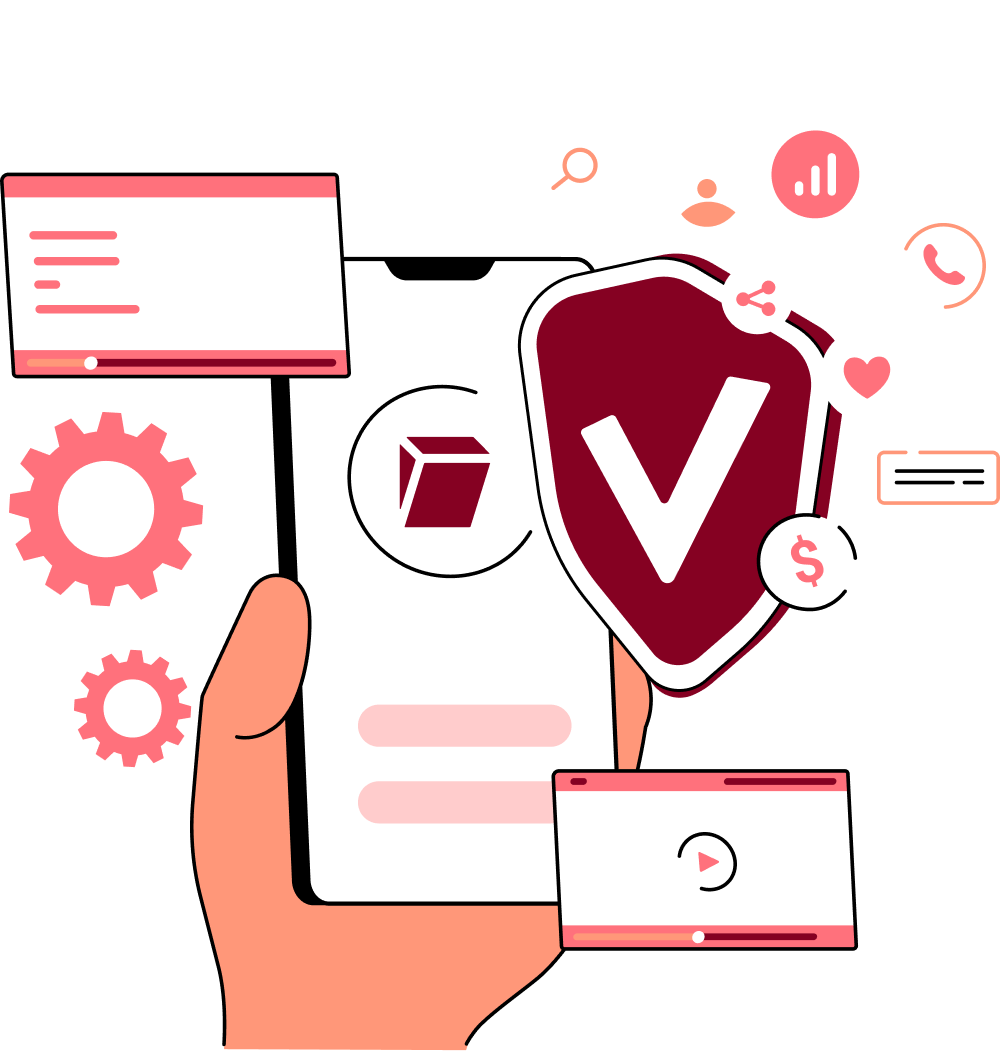Facial recognition: How to protect yourself from surveillance
With advances in facial recognition, surveillance culture is rising and remaining anonymous in public is getting difficult. In this in-depth guide, we explore how to avoid surveillance from face recognition and ways to protect yourself.
Surveillance through facial recognition systems is becoming increasingly smart and used globally. It’s not only present at protests or airports, but more worrying when you enter shops, get your car filled up, or go on your commute to work, it’s likely that CCTV and facial recognition technologies have captured your face.
In the UK, for example, the police scanned almost 4.7 million faces with live facial recognition cameras in 2024, which is more than twice as many as in 2023. This is worrying, especially considering that the UK isn’t recognized as a top surveillance state like China, for example.
While some might not be concerned if they live in a surveillance state, for others like minority groups, activists, protesters, or people who care about having privacy, ensuring they protect their identity against cameras and facial recognition software is necessary.
Even though recognition software is becoming smarter and harder to evade, there are still different ways to remain anonymous and steer clear of surveillance from this technology.
When it comes to protecting yourself, you need to be protected in two ways:
-
Protecting yourself from the surveillance of face recognition software.
-
Protecting your digital identity, which can be secured with these digital security tips that are especially useful for activists.
We have many in-depth guides which give the best tips to protect your digital identity and jack up the security of your tech devices – be sure to check out the links above and make use of the tips which also improve your privacy and security. Now, let’s deep dive into how to protect yourself from the surveillance of face recognition systems.
What is face recognition, and how does it work?
Face recognition was first created in Japan in 1969, and since then, it has been used globally. While some countries have stricter laws regarding who can use it and how it can be used, in other countries like China (think of the Chinese social credit system) and increasingly in the US and the UK, surveillance through facial recognition tech is becoming the new normal.
Simply put, facial recognition is a biometric identification system that uses machine learning to identify faces in photos, video footage, and even in real-time. This type of identification software is able to convert an image of one’s face into data, and then run it against already existing facial data in databases.
While the top, most advanced recognition tools can get 99.97% accuracy in ideal conditions, there are techniques to bypass these systems by feeding them faulty data. From painting your face in specific ways to wearing a COVID mask, glasses, and a hat.
If you decide to make use of the methods we explore below, we’d recommend doing further research into the type of recognition technology being used and its algorithm to ensure that you have a good chance of not being recognized. This is especially important because there’s not one anti-recognition method that’s bulletproof. Additionally, some techniques are creative and fun but could make you stand out, compared to others which will make you blend in more.
Computer Vision Dazzle: face paint, makeup & hair
Painting your face and applying makeup is not only for parties - you can even use anti-facial recognition makeup to camouflage your face and potentially trick facial recognition or facial detection algorithms in some cases.
The idea of using makeup as a camouflage to avoid facial detection was introduced by Artist Adam Harvey, who also created the open source anti-facial recognition toolkit. Harvey also coined the term Computer Vision Dazzle, CV Dazzle for short, when he discovered that it was an effective way to bypass the Viola-Jones face detection algorithm (commonly used in the past) but has since deprecated.
Because detection tools heavily rely on the dark shadowed areas of the face, like the dark areas under your eyes, your nose bridge, facial symmetry, and the shadow under your nose, if you strategically use makeup and hair on the dark and light areas of the face, you can change the appearance of your facial features. If done correctly, this creates asymmetries and potentially blocks facial detection tools. And because this blocks detection, facial analysis, recognition, and emotional analysis cannot be utilized.
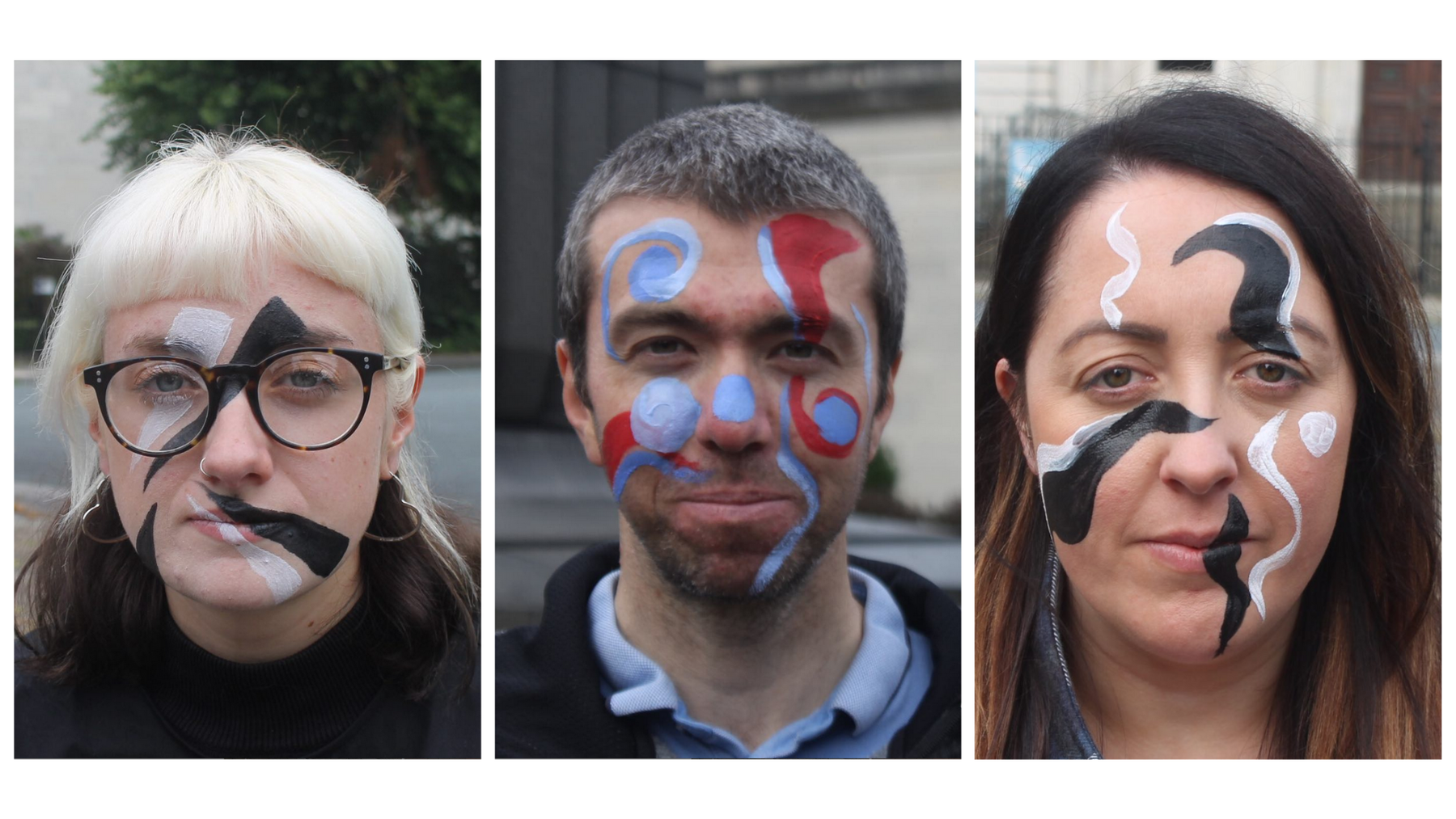

The Dazzle Club hosted monthly silent-walks through London while wearing CV Dazzle. Pictured are three walkers from The Dazzle Club’s twelfth walk on July 16th, 2020, in London. Images used with permission from TheDazzleClub on Instagram.
Inspiring examples of CV Dazzle can be seen in The Dazzle Club, a collaborative project by artists Evie Price, Emily Roderick, Georgina Rowlands, and Anna Hart that ran from 2019 - 2021. The project was started after the forced admission of facial recognition software by Argent on the King’s Cross Estate in London where the four artists had been making art.
The idea behind The Dazzle Club, as explained by Emily Roderick, “Making embodied research into public space surveillance - drawing awareness of technologies and building new expressions of community and trust. Walks, films, texts and workshops pay attention to publicness and being seen.” Through interventions in public areas, like their silent walks through London while wearing CV Dazzle, the club highlighted and raised concerns around technology, data, and human rights, while also creating new expressions of collective creativity and trust.
Note: If you decide to embrace CV dazzle, we’d recommend doing in-depth research to ensure how you paint your face and the light and dark spots you camouflage are effective at blocking the probability of detection. It’s important to remember that there are different algorithms used for facial detection and facial recognition, which could require different techniques to hide yourself.
Accessories: sunglasses, caps & masks
There are also many accessories you can use, like a baseball cap, sunglasses, bandannas, or a COVID mask. Think along the lines of accessories that cover large portions of the face.
- Face masks & bandannas
Using a face mask is still one of the easiest and most affordable ways to conceal your identity, while also not standing out from the crowd. If you’re protesting and would like to protect your identity from facial recognition and police surveillance, a simple face mask worn with sunglasses or a cap is a good solution. It’s important to be aware that face masks are not allowed to be worn in some locations or at specific events; this is dependent on the laws in your area. So before you opt for this, we’d recommend doing some research to check if you’re legally allowed to be wearing one.
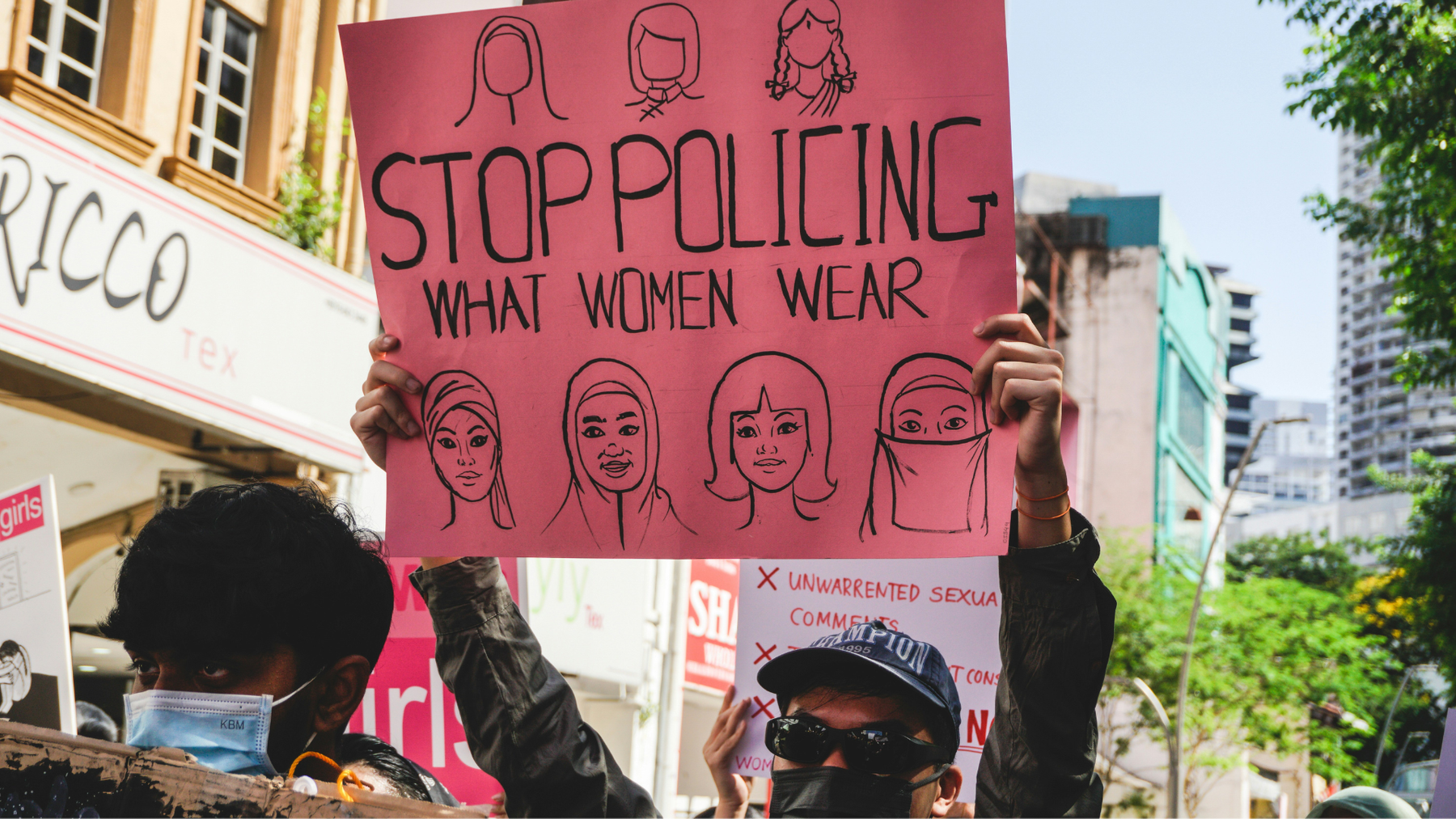

Wearing a face mask, cap, and sunglasses is a safe option to avoid facial recognition technologies at protests. Photo by Michelle Ding on Unspalsh.
If you’re tired of wearing a face mask (which is understandable) or if it’s illegal in your country, you could wear a bandanna instead – what’s nice with the bandanna is that you can choose to wear one that’s plain or one that’s fun and bright depending on what your needs are.
- Caps & hats
Like the face mask, a cap or wide-brim hat is a quick and easy way to help conceal your identity, with the added benefit of protecting you from the sun. If you choose to wear one, make sure the brim is pulled low and avoid wearing caps with logos.
Extra Tip Stay anonymous and private while messaging family and friends by using these WhatsApp alternatives.
- Anti-facial recognition glasses
You can opt for a regular pair of sunglasses, preferably large ones that also cover your eyebrows, or you can buy a pair of anti-CCTV glasses. The anti-CCTV glasses work in different ways by either blocking or reflecting CCTV infrared light (IR), and in return this disrupts the face recognition technology.
- Creative frames
Today, there are even creative masks / frames you can wear. A beautiful concept is the Incognito Mask created by Ewa Nowak. This futuristic-looking frame worn around the face makes it impossible for facial recognition systems to measure the distance between and height of your facial features.
Clothing
- Avoid logos
Avoid clothing with big logos and slogans, and make sure your clothing covers up any tattoos or birthmarks as these can be tracked by the police. This is especially important if you attend a protest, as police are known to identify protesters based on their clothing.
- Consider wearing all black
What you choose to wear depends on the place or event. Often all black clothing is a good choice because it helps you blend in, and if you’re attending a solidarity protest, this is usually the suggested color as well.
- Anti-surveillance fashion
Yes, anti-surveillance fashion is a thing – it’s like modern-day camouflage! There are many clothing designs and projects that use special fabrics, designs, and patterns to confuse cameras, obscure key facial features and even block signals from tracking devices.
For example, you can get scarves and clothing made out of retro-reflective materials that work by disrupting a camera’s flash, making everything captured in the image go dark when captured in dark or dimmed lighting.
Take a look at these:
- Stealth Wear and Hyperface by Adam Harvey
- Anti-flash fashion by Ishu
- Facial Weaponization Suite by Zach Blas
While anti-surveillance fashion is innovative and fun, it is often more on the pricey side, and it isn’t a bulletproof solution to remain anonymous from facial recognition.
Privacy isn’t easy, but it’s possible
When you think about privacy, there are many aspects to it. Think about it - privacy online to protect our digital identities, and privacy in the physical world to remain anonymous and private when doing our daily tasks. Unfortunately, since there are so many aspects to privacy, actively remaining private or knowing where and how to start can feel overwhelming.
While there is not one bulletproof method to ensure privacy and avoid surveillance through facial recognition software, there are things you can do as we’ve discussed above and it’s amazing to see that they can be creative and fun. Before adopting one of these, always do additional research about the best way to protect yourself from being identified, for example by checking out the excellent guide by the EFF. It’s also important to ensure that you not only protect yourself physically but also digitally. For example, by not taking your mobile device to a protest and using anonymous email like Tuta Mail.
At Tuta Mail we believe that everyone deserves privacy. Whether it be when emailing a friend, walking down the street, or protesting for your rights. As an end-to-end encrypted email provider, serving no ads and no tracking we are committed to not only offering free email that’s anonymous and private by design, but also to educate and inform everyone on the importance of privacy and security.
Together we can make the world a better place.
